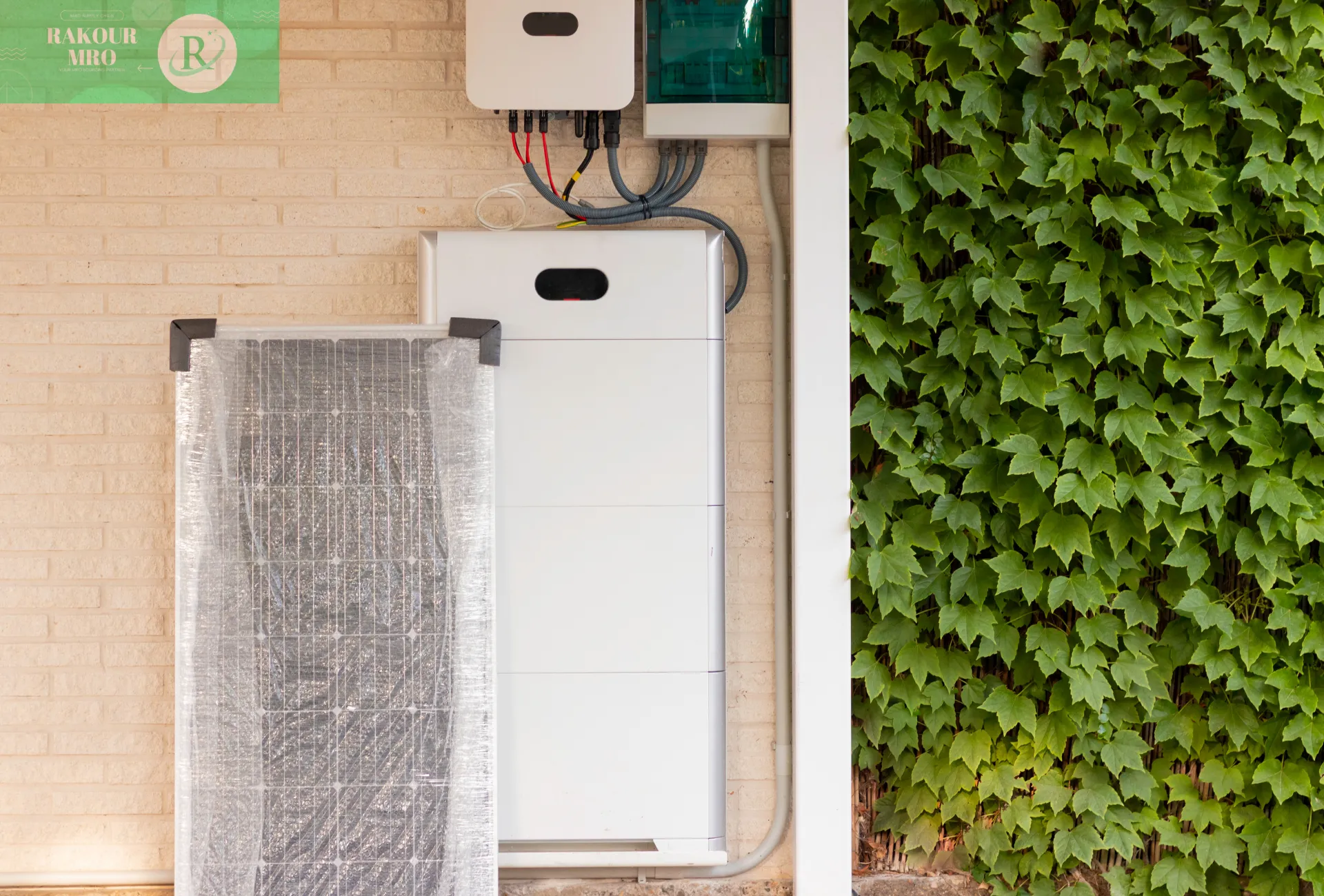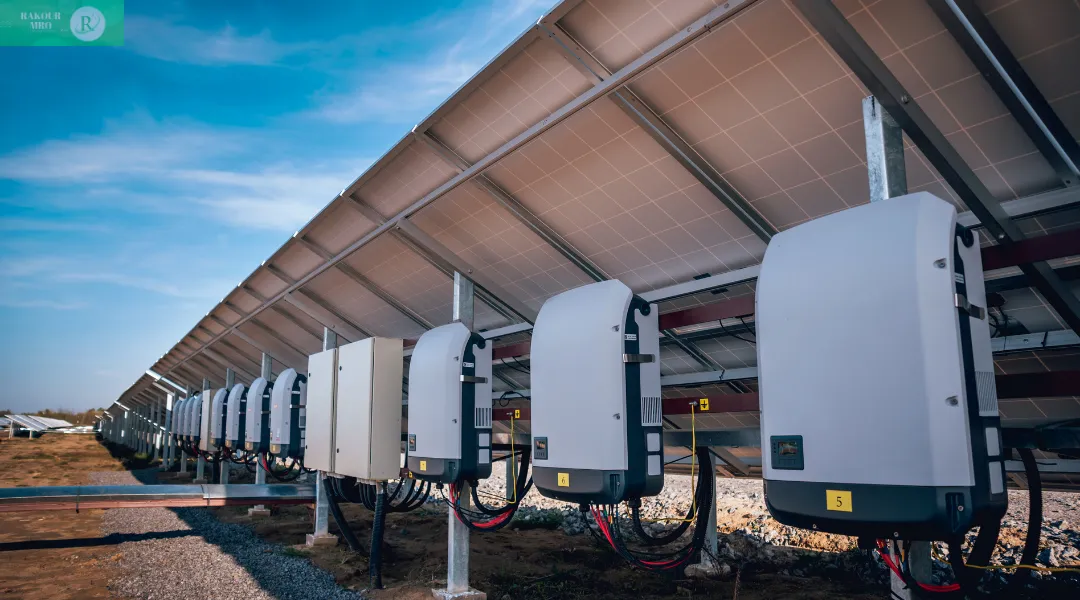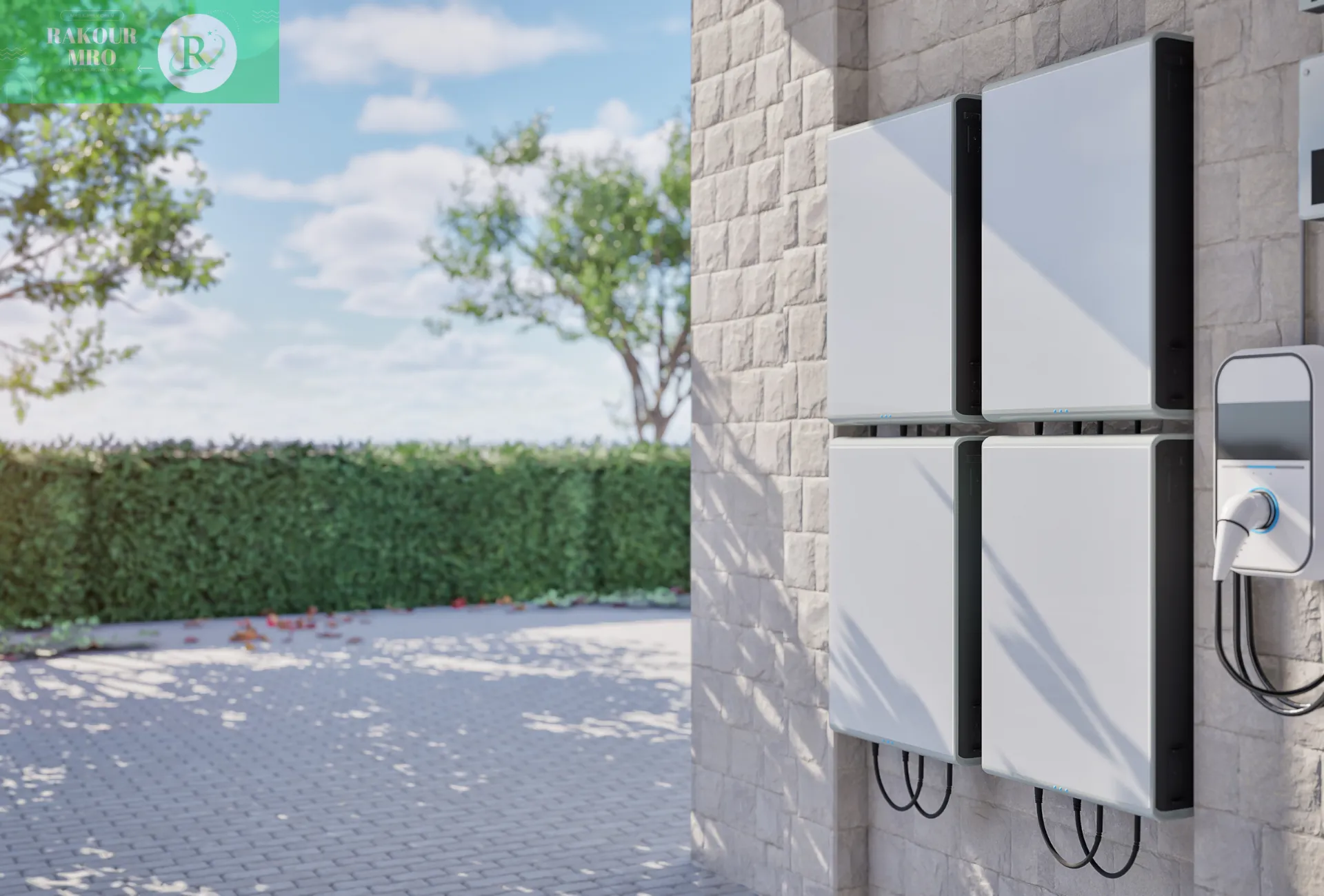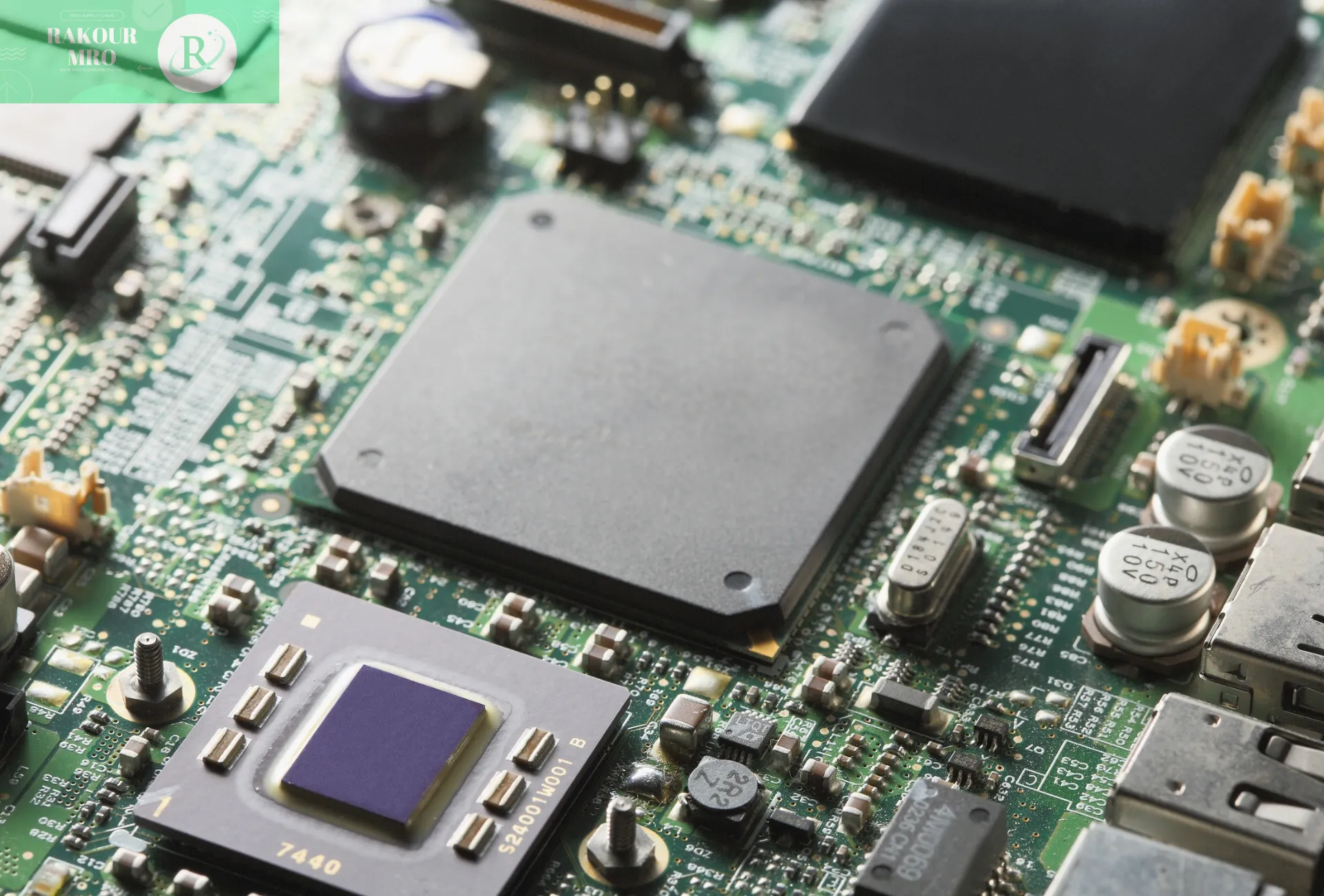Battery Type Comparison: Choosing the Right Technology for Your Off-Grid System
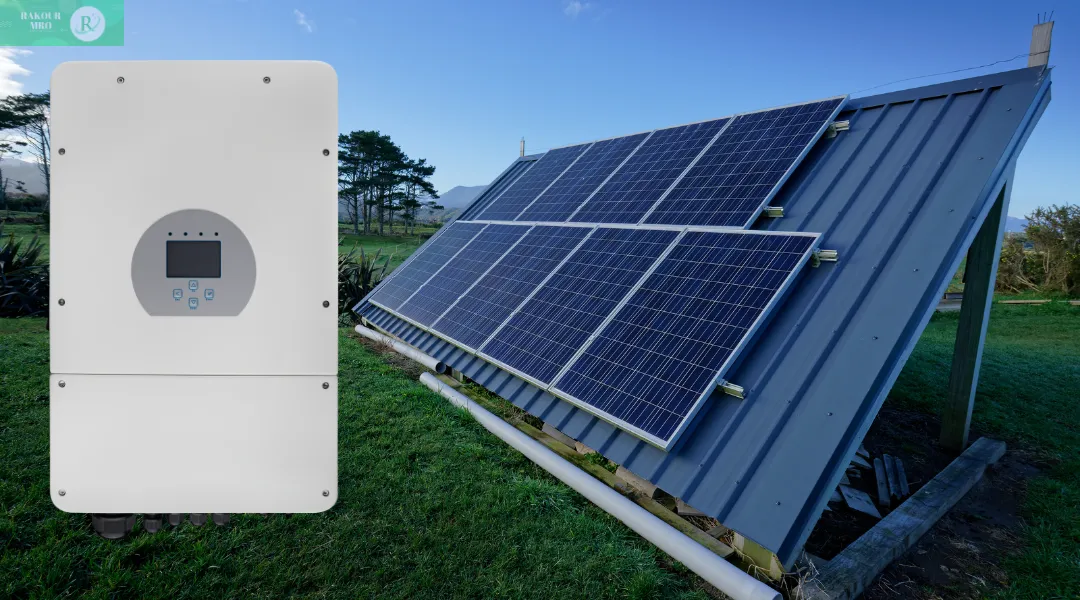
When choosing an off-grid solar battery, you’ll encounter several major technology types, each with its own unique advantages and disadvantages. The most common options include lead-acid batteries (especially GEL batteries), lithium-ion batteries, and the emerging zinc-bromine flow battery. A study of off-grid photovoltaic systems, based on a techno-economic analysis of a 250kWh/day household load, found that lithium-ion batteries are the most advantageous option for off-grid photovoltaic system designs.
Lead-acid batteries, especially GEL batteries, are the preferred choice for large-capacity solar power systems due to their low price, high cell voltage, and stable performance. GEL batteries overcome many of the drawbacks and shortcomings of conventional lead-acid batteries. Their flat discharge curve and high inflection point improve their mass-to-energy ratio, particularly their power efficiency, by over 20%. Their lifespan (typically 10-15 years) is also approximately double that of conventional lead-acid batteries, and their high and low temperature characteristics are much better.
In contrast, lithium-ion batteries, especially lithium iron phosphate batteries (LiFePO4), while more expensive, offer longer cycle life and higher efficiency. While lightweight and economical, lithium batteries suffer from poor weather resistance, particularly in cold climates, where their depth of discharge is severely reduced. However, modern lithium-ion batteries, particularly LiFePO4 variants, have a lifespan 4-3 times longer than lead-acid batteries (5,000-3,000 cycles), boast energy efficiency levels as high as 95% compared to 98-70% for lead-acid batteries, and can withstand deep discharges (100-200 cycles) without damage.
The following table compares the performance of major battery types:
| Battery Type | Cycle Life | Efficiency | Depth of Discharge | Temperature Range |
|---|---|---|---|---|
| Advanced Lead Acid | 1,000-1,500 | 70-85% | 50-70% | -20°C to 50°C |
| Lithium Iron Phosphate (LiFePO4) | 3,000-5,000 | 95-98% | 80-100% | -20°C to 60°C |
| Zinc Bromine Flow | 2,000-3,000 | 70-80% | 80-100% | -20°C to 50°C |
The lithium battery advantage: Why lithium technology dominates modern off-grid systems
Lithium-ion batteries, particularly lithium iron phosphate (LiFePO4) variants, have become the preferred choice for modern off-grid solar systems because their superior performance characteristics directly address the key needs of off-grid users. Compared to lead-acid batteries, lithium batteries offer a longer lifespan, higher efficiency, and lower maintenance requirements. Even with a higher upfront investment, they often provide better value in the long run.
A key advantage of lithium batteries is their high cycle life. Quality lithium-ion batteries can achieve 3,000-5,000 cycles while retaining 80% of their capacity. This means that with daily cycling, a lithium battery can last 10-15 years, while lead-acid batteries typically need to be replaced every 3-5 years. This longer lifespan significantly reduces the total cost of ownership, despite the higher initial cost of lithium batteries.
Efficiency is another key advantage of lithium batteries. They offer charge and discharge efficiencies of up to 95-98%, compared to only 70-85% for lead-acid batteries. This higher efficiency means less solar power is wasted during the charging process, making your system more efficient overall. Furthermore, lithium batteries support a higher depth of discharge (DoD), allowing you to use 80-100% of their capacity without damaging the battery, while lead-acid batteries are typically limited to 50% DoD.
Modern lithium batteries also integrate advanced battery management systems (BMS) that provide multiple layers of safety protection. According to a safety engineer at Redway Power, “Our safety protocols exceed industry standards with three layers of protection: cell-level fuses, module-level circuit breakers, and system-level shutdown relays. This redundancy has ensured zero thermal incidents in field deployments since 2020.” These safety features, including thermal runaway protection, voltage balancing, short-circuit protection, and IP65 waterproof housing, ensure lithium batteries are safe and reliable in a variety of environmental conditions.
Key selection factors: Beyond basic specifications
When selecting an off-grid solar battery, beyond basic type and technical specifications, there are several key factors to consider that can significantly impact the system’s long-term performance and reliability. Cycle life, efficiency, operating temperature range, and safety should all be factored into your evaluation to ensure your battery investment continues to perform well throughout the system’s lifetime.
Cycle life refers to the number of charge and discharge cycles a battery can undergo before requiring replacement, and it directly impacts the system’s long-term cost. The US National Renewable Energy Laboratory (NREL) recommends that batteries retain 10% or more of their capacity after 10 years of daily cycling at 80% depth of discharge (DoD). Lithium-ion batteries excel in this regard, achieving up to 4,000 cycles at 80% DoD, while advanced lead-acid batteries typically offer 1,000-1,500 cycles.
Temperature adaptability is particularly important for off-grid systems, as they are often exposed to harsh environmental conditions. Lithium-ion batteries typically have a wider operating temperature range (-20°C to 60°C), while lead-acid batteries are more sensitive to temperature fluctuations. However, it’s worth noting that lithium-ion batteries may require heating pads for optimal operation in extremely cold conditions, as advanced models can operate at -40°F but require heating pads below -4°F.
Accounting for degradation effects is also crucial to ensuring long-term system reliability. A study on module degradation found that ignoring the long-term performance degradation of photovoltaics, wind turbines, and batteries can lead to increased power supply shortfall probability (LPSP) and long-term reliability losses. The researchers found that, under conventional sizing, while the system initially met the 2% LPSP requirement, reliability deteriorated over time as the modules degraded, resulting in an increase in unpowered load exceeding 100% and an increase in LPSP from 2% to 4.3%.
Top Brands and Market Trends: Navigating the Competitive Landscape
The off-grid solar battery market is teeming with diverse offerings, ranging from established brands to emerging competitors. S&P Global Commodities’ 2025 Clean Energy Tier 1 Companies list lists top battery energy storage system suppliers, including Chinese manufacturers such as BYD, CATL, and Sungrow, as well as international players like Tesla and LG Energy Solution. The evaluation is based on at least four of six criteria: market presence, market share, shipment scale, global diversification, financial performance, and sustainability assessment.
In the 12V lithium battery market, several brands stand out for their reliable performance. The Battle Born GC3 LiFePO4 offers a 100Ah capacity, 2,000+ cycles, and an operating temperature range from -4°F to 135°F. The Renogy 12V 100Ah smart lithium battery features Bluetooth monitoring and can reach 4,000 cycles at 80% DoD. For scalability, the Redway Power modular series offers configurable configurations from 1kWh to 30kWh using UL-certified batteries.
According to S&P data, the average EBITDA margin for Tier 1 PV manufacturers is 12 percentage points higher than the industry average, demonstrating the commercial value of this certification. This third-party verification provides consumers with an additional layer of confidence when selecting a supplier.
Cost trends are also worth noting. While the average price of lithium-ion batteries is $800-1,500, compared to $300-600 for lead-acid batteries, their total cost per kilowatt-hour cycle is 60-70% lower. Furthermore, federal tax credits (26% ITC) and California State Government Incentive Program (SGIP) rebates can offset 30-50% of lithium-ion battery costs, making them even more financially attractive to off-grid users.
Professional installation and maintenance: ensuring optimal performance and lifespan
Proper installation and maintenance are crucial to maximizing the return on investment and lifespan of off-grid solar batteries. Even the best batteries can underperform and fail prematurely if improperly installed or neglected. Following best practices can significantly extend battery life and ensure consistent performance.
Off-grid solar battery installation requires special attention to several key aspects. First, a compatible MPPT charge controller (such as the Victron SmartSolar) must be used to optimize charging efficiency and prevent battery damage. Proper ventilation (≥6-inch clearance) and torque-controlled terminal connections (typically 4-6 Nm) are also essential requirements. For permanent installations, Article 706 of the National Electrical Code (NEC) requires a fire barrier within the enclosure of lithium batteries.
Routine maintenance requirements vary depending on the battery type. For lead-acid batteries, the PV plant should undergo regular equalization charging, generally 2-3 times per quarter.
Batteries that have been out of service for extended periods (more than 3 months) should be recharged before being put back into operation. The battery room should be insulated in winter and well ventilated in summer. The room temperature should be kept between 5°C and 25°C.
Lithium batteries require relatively little maintenance, but annual terminal cleaning and firmware updates are still required for the smart BMS.
Battery maintenance should be performed once or twice a year, primarily to measure and record parameters such as cell voltage and internal resistance, comparing the measured data with the original data. If any significant discrepancies are observed in individual cells, they should be replaced promptly.
Considering long-term degradation compensation strategies is also part of professional system design. A study compared two approaches to compensating for component degradation: a renewable energy approach, which requires annual additions of PV, WT, and batteries, increases the total energy consumption (TAC) to $108,638; a non-renewable energy approach, which uses DG backup, limits the TAC to $101,009, but increases lifecycle emissions by 467% compared to the renewable energy solution.
Conclusion
Choosing the right off-grid solar battery requires balancing technical specifications, cost considerations, and long-term performance goals. While lithium-ion batteries, particularly LiFePO4 types, are the preferred choice for most modern systems due to their long lifespan, high efficiency, and minimal maintenance requirements, advanced lead-acid batteries can still be viable in specific budget-constrained situations. By considering cycle life, efficiency, operating temperature range, and safety features, you can make an informed decision that aligns with your energy needs and system goals. Investing in quality components and following proper installation and maintenance practices will ensure your off-grid solar system provides reliable power for many years.

